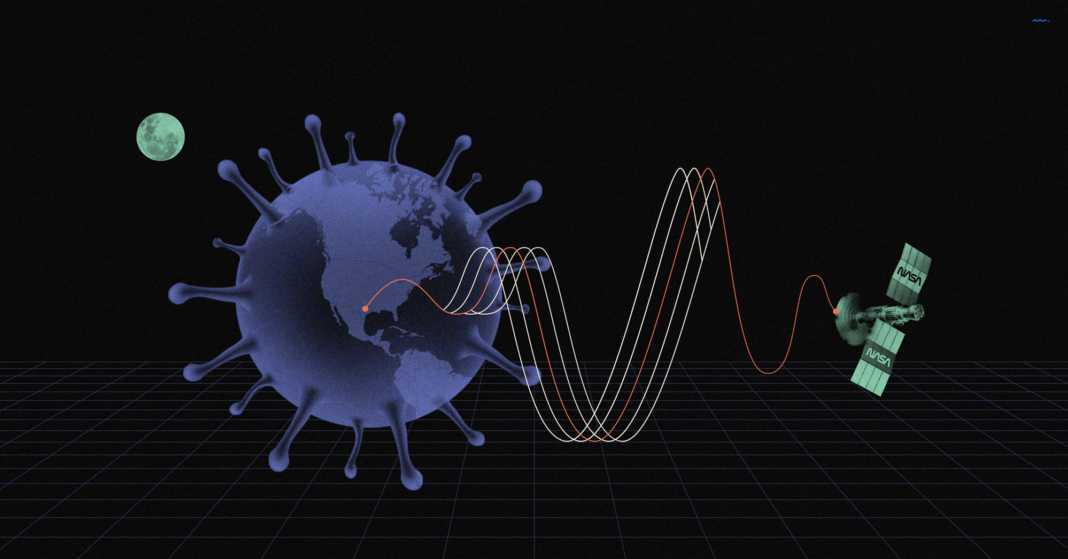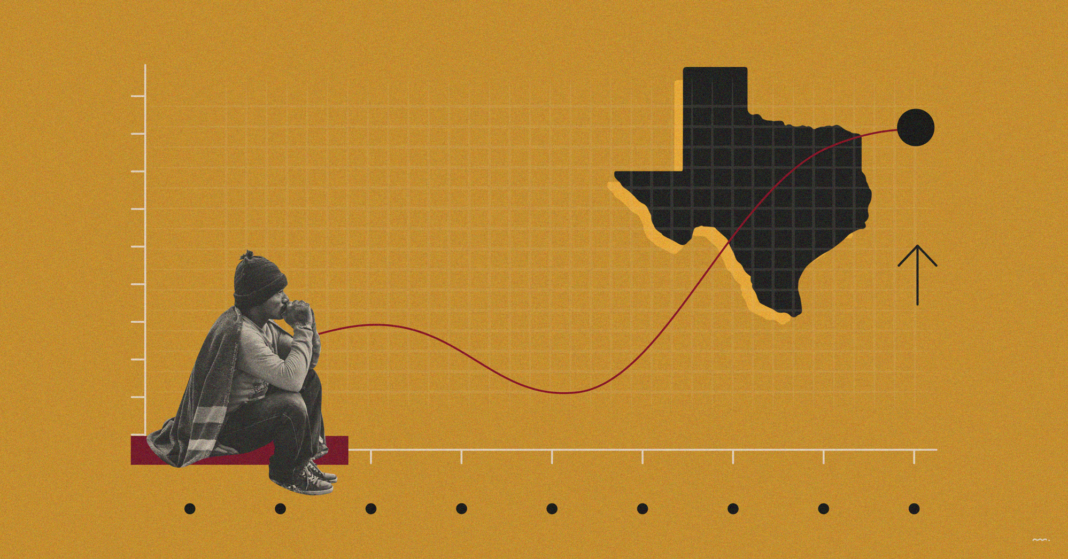NASA and two of its international partners — the European Space Agency and the Japan Aerospace Exploration Agency — have joined forces to monitor the environmental and societal impact of COVID-19 from space.
You can see firsthand what they have found on the new COVID-19 Earth Observation Dashboard, an online user-friendly compilation of information from multiple satellites. The dashboard tracks short and long-term impacts of pandemic-related restrictions on air and water quality, climate change, economic activity and agriculture.
The three agencies intend to add new observations in the coming months as the global economy recovers from COVID-19 and gradually reopens.
“Together NASA, ESA and JAXA represent a great human asset: advanced Earth-observing instruments in space that are used every day to benefit society and advance knowledge about our home planet,” said Thomas Zurbuchen, NASA associate administrator for science. “When we began to see from space how changing patterns of human activity caused by the pandemic were having a visible impact on the planet, we knew that if we combined resources, we could bring a powerful new analytical tool to bear on this fast-moving crisis.”
Among the first changes noticed following stay-home orders were improvements in air quality and a slowdown in industrial activity. The dashboard also shows significant slowdowns in key economic activity including shipping activity in ports, the number of cars in shopping mall parking lots, and more.
One air pollutant, nitrogen dioxide, which results from the burning fossil fuels for transportation and electricity generation has declined, the satellite data show.
There is also data on carbon dioxide concentrations. NASA’s satellite looked for global-scale, long-term changes in carbon dioxide while the JAXA satellite zooms in on changes in select urban areas such as New York, San Francisco, Tokyo, and Delhi. Analysis from both NASA and JAXA data sets are consistent with the pandemic shutdown carbon dioxide reductions noted in a recent study that appeared in the journal Nature.
Recent water quality changes have been reported in a few locations that typically have intense human activities, such as industry and tourism, which have decreased during the pandemic. The dashboard presents targeted satellite observations from all three agencies of total suspended matter and chlorophyll concentrations in select coastal areas, harbors, and semi-enclosed bays to assess what has produced these changes in water quality, how widespread they may be, and how long they last. Long Island Sound, the North Adriatic Sea, and Tokyo Bay are among the areas examined.
Widespread declines in global economic activity are a well-known impact of the pandemic. Observations from space over time of shipping activity in ports, cars parked at shopping centers, and nighttime lights in urban areas can be used as indicators of how specific sectors of the economy have been affected. Satellite data from each agency and commercial data purchased by NASA and ESA are presented in the dashboard to quantify these changes in Los Angeles; the Port of Dunkirk, France; Ghent, Belgium; Beijing, and other locations.
The project began to provide data around COVID-19 and its impacts, but there are already discussions underway about whether extending the dashboard could be useful in addressing any number of global-scale problems.








